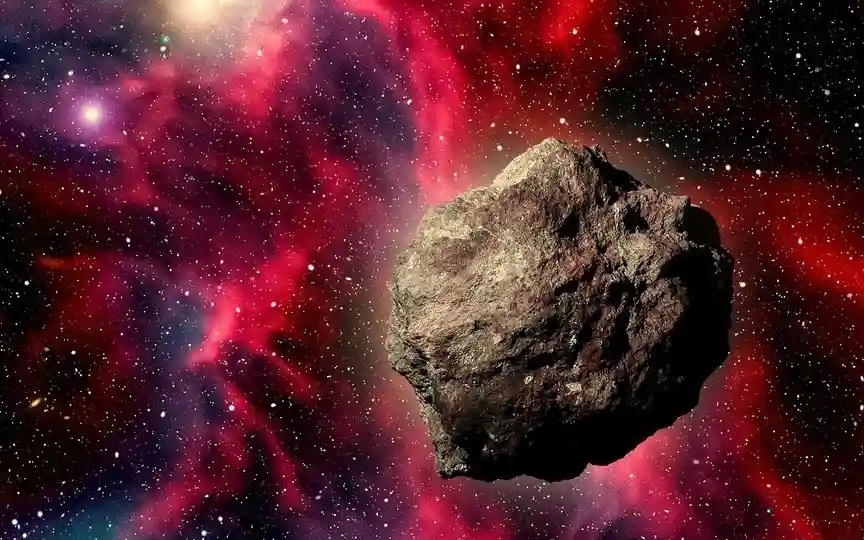NASA Tracks Asteroid Heading Towards Earth for Close Encounter
Throughout the extensive timeline of Earth’s existence, it has encountered numerous occasions where asteroids collided with its surface. Among these occurrences, one of the most significant took place approximately 65 million years ago in the Yucatan Peninsula of Mexico. This particular impact resulted in the eradication of nearly 70 percent of Earth’s diverse species, including the dinosaurs. Additional instances of asteroid impacts include the Vredefort crater, which dates back 2 billion years, the Sudbury basin impact from 1.8 billion years ago, and the Clearwater Lakes craters that formed 500 million years ago.
In a separate development, NASA has released details of an asteroid that is scheduled to fly past Earth today, August 30.
Asteroid 2012 PZ17: Details
This Near-Earth Asteroid (NEA) is expected to make its closest approach to Earth today, August 30. Although this space rock will come very close to the planet, it is not expected to hit the surface and leave a crater in its wake. According to NASA, asteroid 2012 PZ17 will pass Earth at a distance of about 6.4 million kilometers.
It is already on its way to the planet, traveling at a speed of 12,895 kilometers per hour. Although this asteroid passes very close to Earth, it is not large enough to be called a potentially hazardous asteroid. According to NASA, Asteroid 2012 PZ17 is only 50 feet across, making it almost the size of a house.
The space agency has also revealed that Asteroid 2023 NP belongs to the group of Aten asteroids, which are Earth-crossing Near-Earth Asteroids (NEAs) with semi-major axes smaller than Earth’s. They are named after the asteroid 2062 Ate, and the first of their kind was discovered by American astronomer Eleanor Helin at the Palomar Observatory on January 7, 1976.
About the asteroid that killed the dinosaurs
The Alvarez hypothesis, proposed by father and son duo Luis and Walter Alvarez in 1980, states that an asteroid hit Earth more than 65 million years ago and caused the extinction of the dinosaurs. Although its impact crater is thought to be in Mexico, new light has now been shed on how it got to Earth. According to English physicist Brian Cox, the asteroid that formed the 140 km long impact crater was thrown off course by Jupiter, the largest planet in our solar system.
“It’s very likely or possible that Jupiter put it on a collision course with Earth,” Cox said, noting that Jupiter is so large that it has become the creator and destroyer of worlds.




